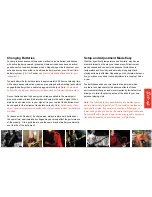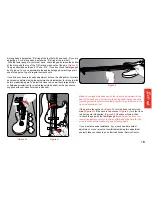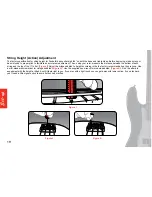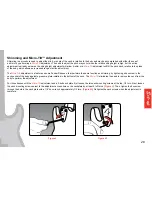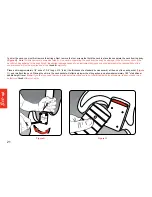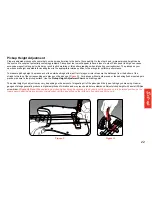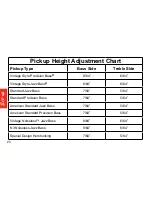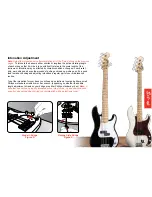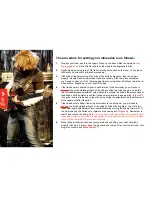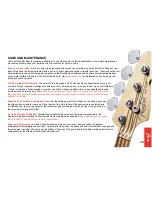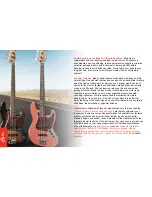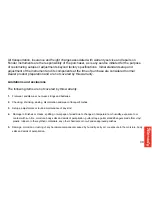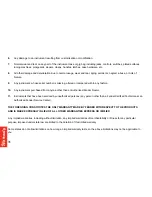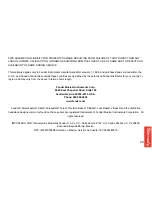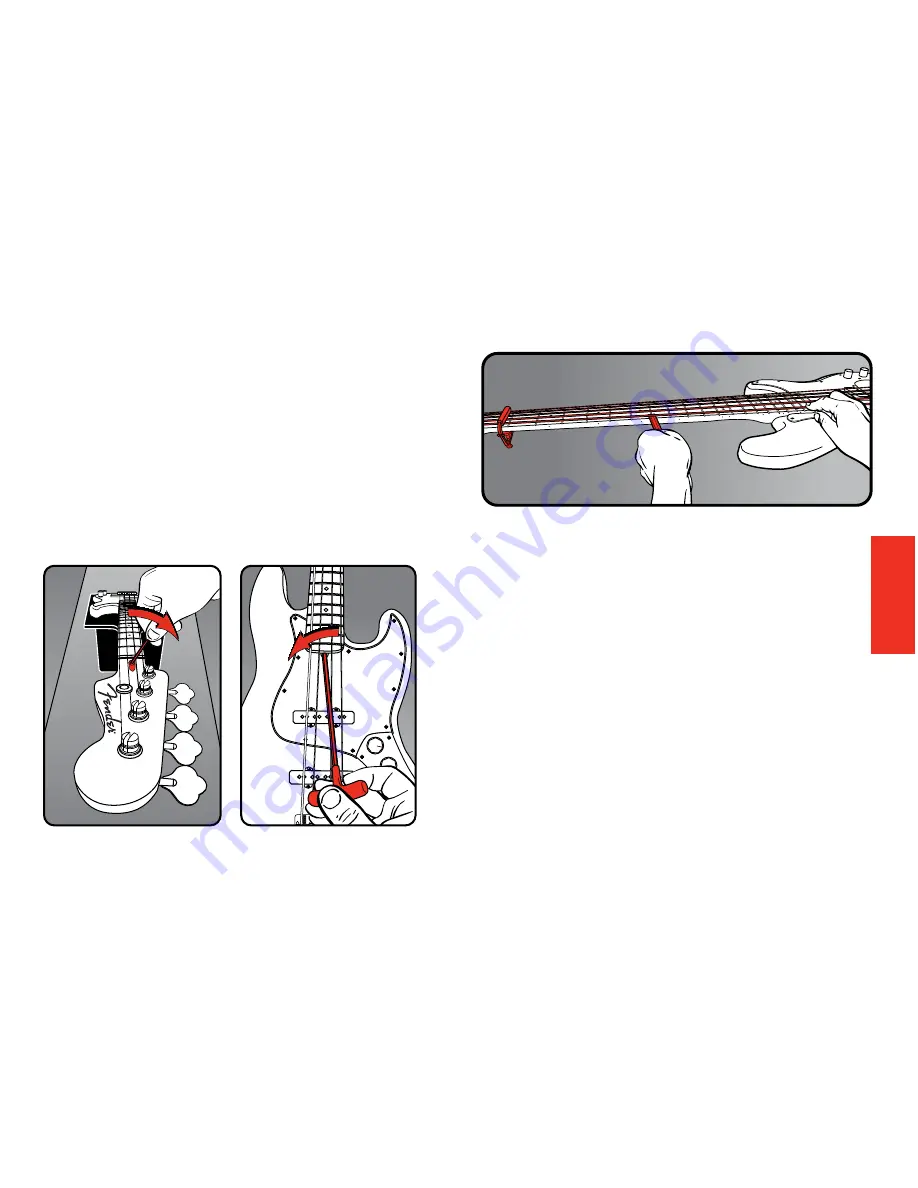
Figure F
Figure G
Figure H
4-string bass, depress the “E” string at the last fret with one hand. (If you are
adjusting a 5 or 6-string bass, depress the “B” string at the last fret.)
With the feeler gauge in your other hand, check the gap between the bottom
of the string and the top of the 7th fret and make note of the gap, (
Figure F
).
The gap should be between .012” and .014”. If you don’t have feeler gauges
don’t give up. You can approximate the appropriate gap by stacking a plain
sheet of paper on top of a regular business card.
If you find your truss rod needs adjustment, detune the strings first, to relieve
neck tension before making the adjustment, and remember to retune to pitch
before measuring again. To adjust the truss rod, use either a large phillips
or flathead screwdriver (for most vintage style basses), or the hex wrench
supplied with your bass (for modern basses).
Note: For vintage style basses with the truss rod adjustment at the
heel of the neck, you must remove the strings and loosen the neck
mounting screws and/or remove the pickguard to gain access to the
truss rod adjustment nut.
If the neck is too concave, (
Figure D
), turn the truss rod nut clock-
wise,
(
Figure G
)
. If the neck is too convex, (
Figure E
), turn the truss
rod nut counter clock-wise,
(
Figure H
)
. Check your tuning, then
re-check the gap with the feeler gauge,
Note: Adjust the truss rod
in small increments of only 1/4 turn at a time and allow time for the
wood to settle before measuring and adjusting again.
If you meet excessive resistance, if your neck needs constant
adjustment, or you’re just not comfortable making this adjustment
yourself, take your bass to an authorized Fender Service Center.
18
Set-up
Содержание Vintage Style Precision Bass
Страница 1: ...OWNER S MANUAL FOR FENDER BASSES ...
Страница 7: ...6 ...
Страница 10: ...9 ...
Страница 35: ...34 ...
Страница 36: ...P N 0079381000 Rev A 2011 FENDER MUSICAL INSTRUMENTS CORP ...













